🐾 Why Pet Fitness Matters
Just like people, pets benefit physically and mentally from regular exercise. Without movement and play, pets—especially indoor ones—can become overweight, lethargic, or even depressed.
Benefits of regular pet fitness:
- Weight management: Prevents obesity and related diseases.
- Joint and bone health: Keeps muscles strong and joints limber.
- Mental stimulation: Reduces anxiety, boredom, and behavioral issues.
- Better digestion and sleep: A more active pet is a healthier, happier one.
Lack of exercise can lead to chronic conditions like arthritis, diabetes, and even aggression due to pent-up energy.
🐶 Dog Fitness Routines
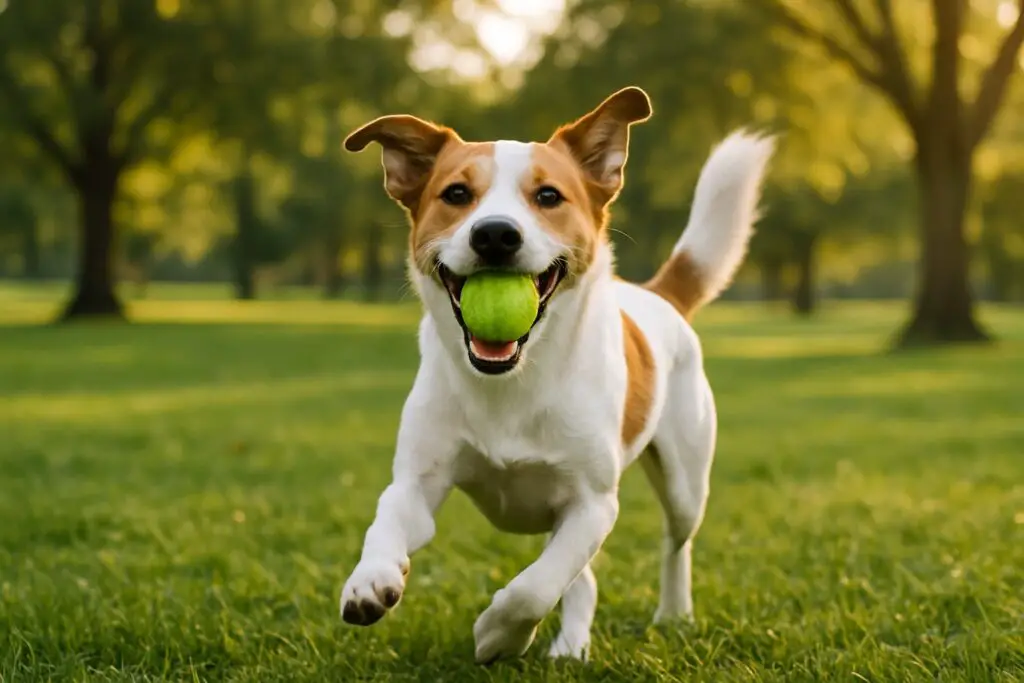
1. Daily Walks (30–60 minutes)
Walking your dog isn’t just about potty breaks—it’s crucial for cardiovascular health and mental stimulation. Switch up routes regularly to expose your dog to new smells and environments.
Tip: Use a harness and leash that encourages good walking posture. If your dog pulls, try a front-clip harness.
2. Fetch and Retrieve
Classic fetch games improve your dog’s agility and coordination. You can do this in a park or your backyard using balls, sticks, or frisbees.
Variation: Try using a ball launcher to keep high-energy dogs engaged longer.
3. Swimming
Great for older dogs or those with arthritis, swimming provides a full-body workout without stressing joints.
Caution: Always supervise, and use a dog life vest for safety—especially in lakes or oceans.
4. Agility Training
Use cones, tunnels, or hula hoops to create a backyard obstacle course. It encourages both physical exercise and obedience skills.
Pro Tip: Introduce new obstacles slowly and reward frequently with praise or small treats.
5. Tug-of-War
This indoor activity can help strengthen your dog’s muscles and provide bonding time. Use a designated tug toy and teach a “drop it” command for control.
🐱 Cat Fitness Routines
Cats, especially indoor ones, are prone to weight gain. Short bursts of play multiple times a day keep them agile and mentally sharp.
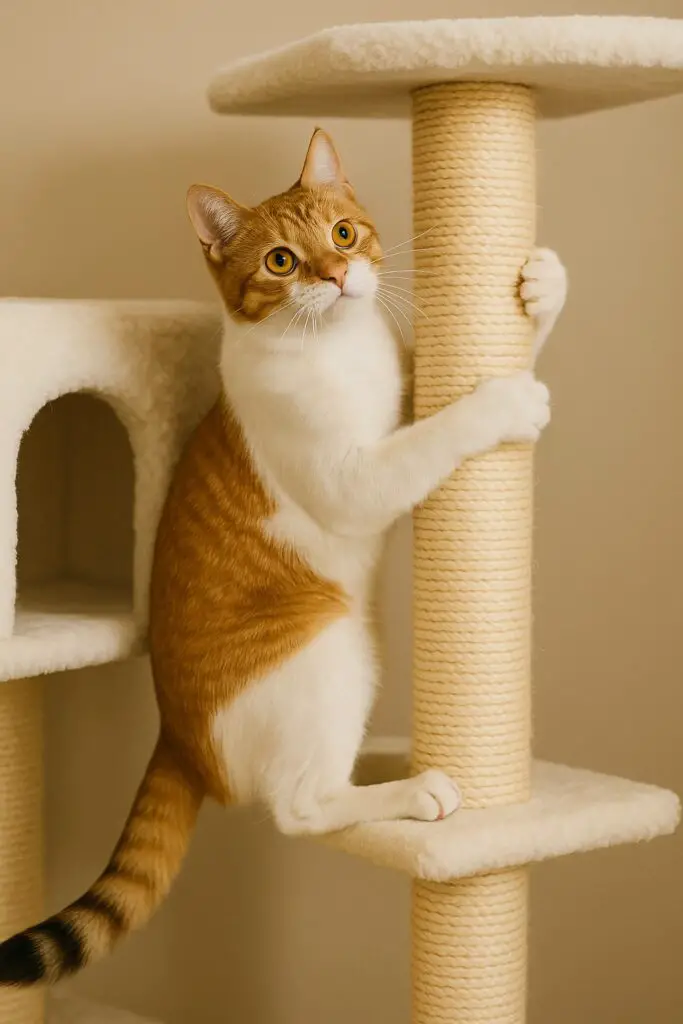
1. Interactive Play
Use toys that mimic prey behavior, like feather wands, laser pointers, or toy mice. Play in 5-10 minute bursts, several times per day.
Note: Always end laser pointer sessions with a physical toy catch to avoid frustration.
2. Climbing Opportunities
Install vertical spaces like cat trees, shelves, or window perches. Cats love to jump, climb, and survey from above—it’s instinctual.
3. Puzzle Feeders
Encourage problem-solving by using treat-dispensing balls or food puzzles. This slows down eating and gives cats a mini workout.
4. Hide-and-Pounce Games
Tunnels, paper bags, and cardboard boxes make excellent hunting zones for your cat to explore and pounce through.
5. Scheduled Playtime
Cats thrive on routine. Establish morning and evening playtimes to stimulate them and reduce destructive behavior like furniture scratching or night zoomies.
🏠 Indoor Exercise Tips
If outdoor access is limited, especially during harsh weather, try these indoor-friendly exercises:
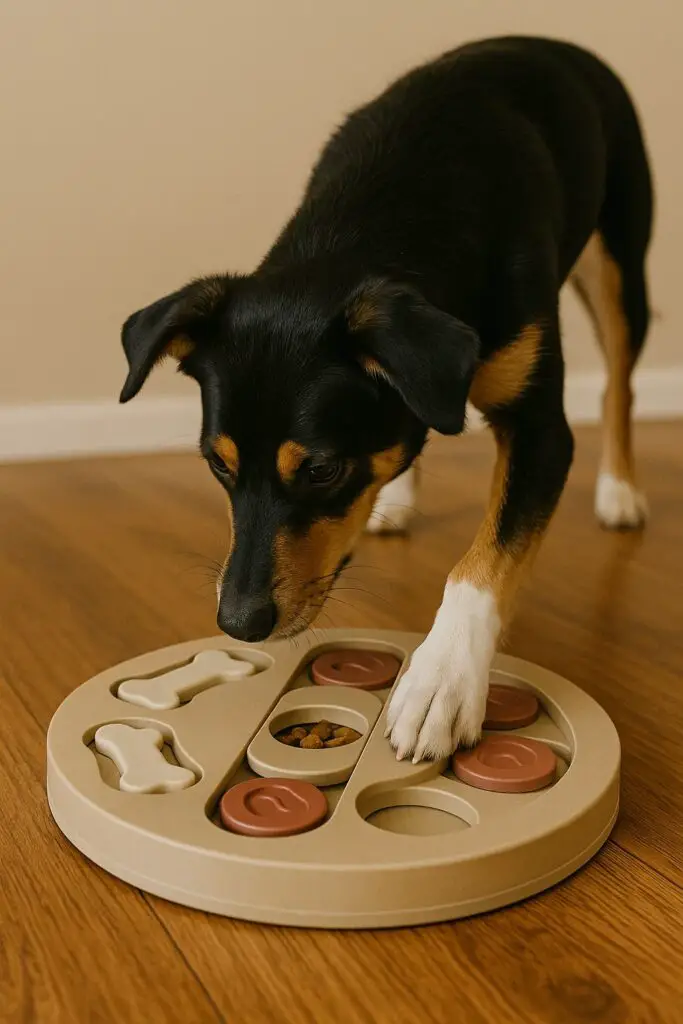
- Stair Climbs: Have your dog chase toys or treats up and down the stairs.
- Hide & Seek: Hide favorite toys or treats in different rooms for mental and physical stimulation.
- Interactive Toys: Toys that move, make noise, or dispense food keep both cats and dogs busy.
- Treadmill Training: Some dogs (and even cats!) can be trained to walk on a treadmill—start slow and use positive reinforcement.
🧘♀️ Incorporating Fitness into Your Routine
You’re more likely to stick to a routine if pet fitness is seamlessly built into your day.
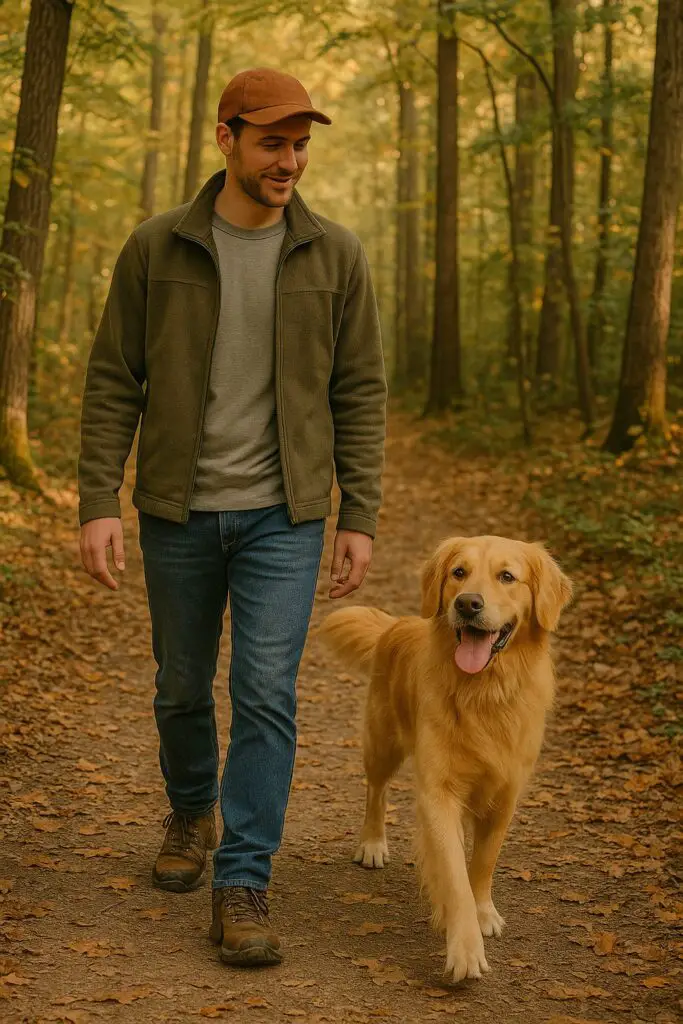
- Morning Exercise: Start your day with a brisk 20–30 minute walk.
- Lunch Break Play: A quick indoor session during lunch can re-energize both of you.
- Evening Wind-Down: End the day with relaxed play or gentle stretching with your pet.
- Weekend Outings: Visit new parks, dog trails, or safe pet-friendly beaches for fresh adventures.
Pro Tip: Keep a weekly exercise log to track consistency and see what your pet enjoys most.
🩺 Monitoring Progress and Staying Safe
Signs Your Pet is Getting Enough Exercise:
- Healthy weight
- Glossy coat
- Positive mood and behavior
- Stronger stamina and flexibility

Red Flags of Overexertion:
- Excessive panting or drooling
- Limping or stiffness
- Hesitation to play
- Changes in appetite or sleep
Always consult your vet before starting a new fitness plan, especially if your pet has underlying health issues.
Weight Tracking Tips:
- Weigh your pet monthly using a home scale (small pets) or at the vet (larger breeds).
- Track waistline changes visually or with a tape measure.
- Look for a visible waist and feelable ribs (without excess fat).
🌟 Bonus Tips by Age and Breed
Puppies & Kittens:
Shorter bursts of gentle play are ideal to avoid strain on developing joints.
Senior Pets:
Low-impact activities like walking, swimming, and gentle climbing are preferred. Always warm up and cool down.
High-Energy Breeds (Border Collies, Bengals):
These pets need more than a daily walk. Incorporate games, agility, or scent work to tire them mentally.
Low-Energy Breeds (Persian cats, Bulldogs):
Encourage movement with food puzzles or leash walks indoors.


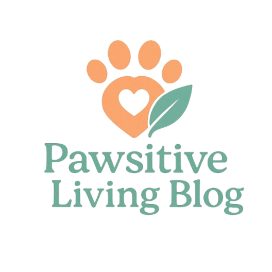
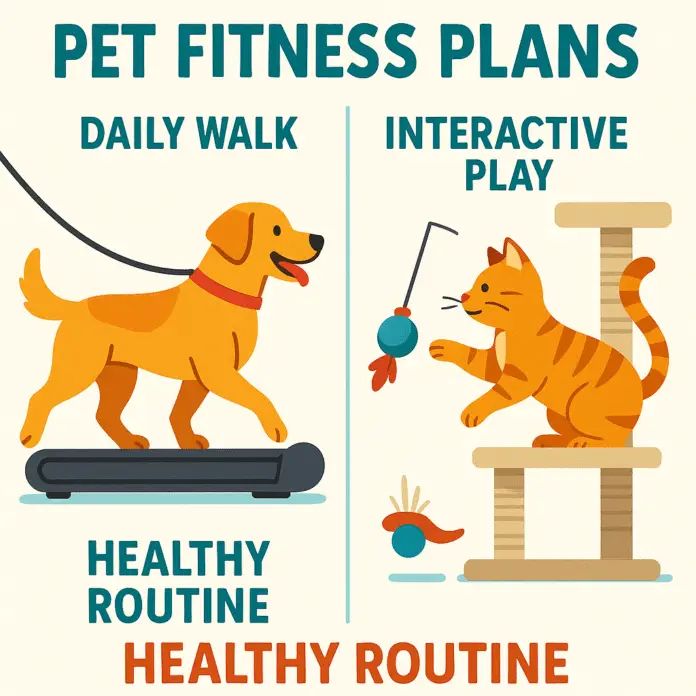
you have a terrific blog right here! would you prefer to make some invite posts on my blog?